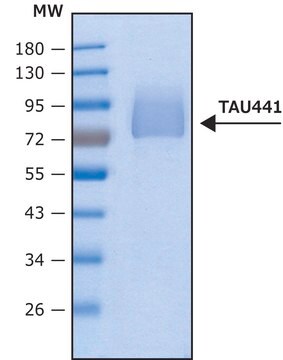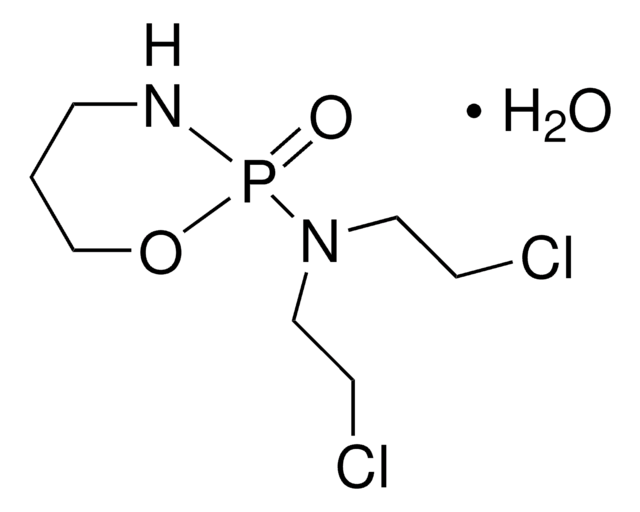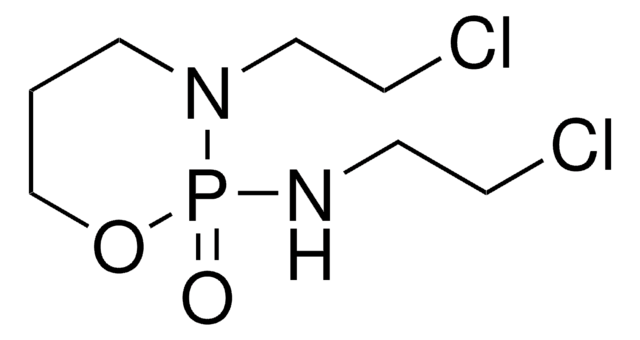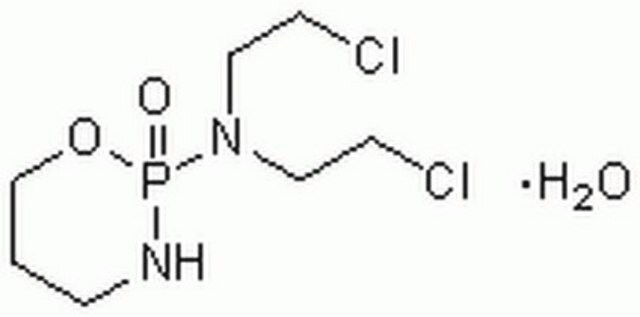B2635
Busulfan
analytical standard, for drug analysis
Synonym(s):
1,4-Butanediol dimethanesulfonate
About This Item
Recommended Products
grade
analytical standard, for drug analysis
Quality Level
technique(s)
HPLC: suitable
gas chromatography (GC): suitable
mp
114-117 °C (lit.)
application(s)
forensics and toxicology
veterinary
format
neat
SMILES string
CS(=O)(=O)OCCCCOS(C)(=O)=O
InChI
1S/C6H14O6S2/c1-13(7,8)11-5-3-4-6-12-14(2,9)10/h3-6H2,1-2H3
InChI key
COVZYZSDYWQREU-UHFFFAOYSA-N
Looking for similar products? Visit Product Comparison Guide
Related Categories
General description
Application
signalword
Danger
hcodes
Hazard Classifications
Acute Tox. 3 Oral - Carc. 1A - Muta. 1B - Repr. 1B
Storage Class
6.1C - Combustible acute toxic Cat.3 / toxic compounds or compounds which causing chronic effects
wgk_germany
WGK 3
flash_point_f
Not applicable
flash_point_c
Not applicable
Choose from one of the most recent versions:
Already Own This Product?
Find documentation for the products that you have recently purchased in the Document Library.
Customers Also Viewed
Our team of scientists has experience in all areas of research including Life Science, Material Science, Chemical Synthesis, Chromatography, Analytical and many others.
Contact Technical Service













